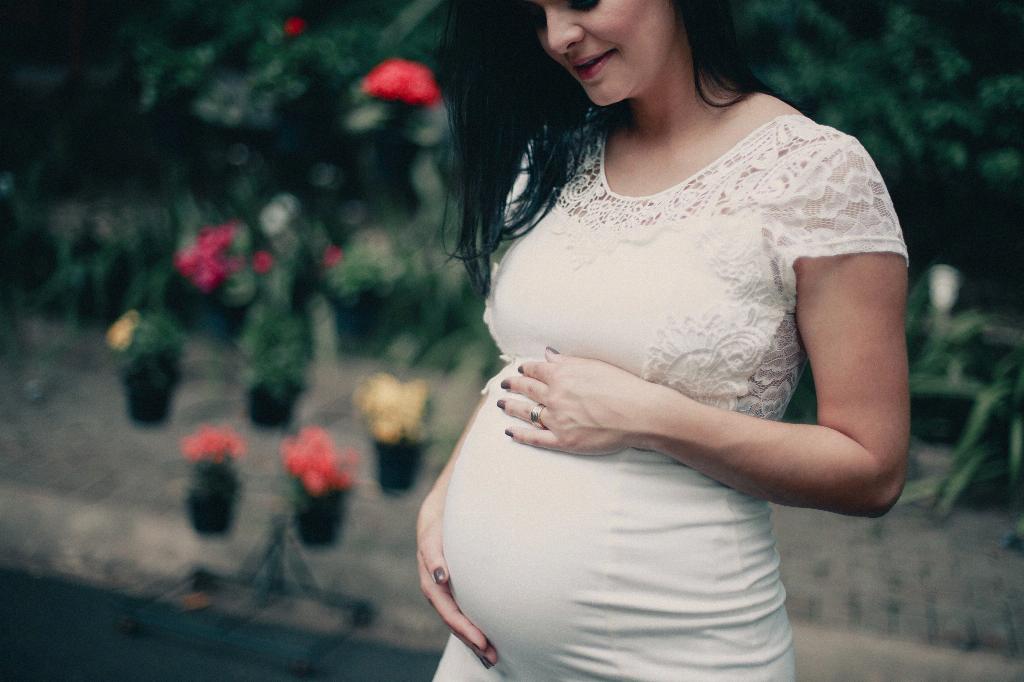When discussing the topic of pregnancy, the term “contractions” plays a crucial role in the process of labor and delivery. What exactly do contractions mean in the context of pregnancy? Contractions refer to the tightening and releasing of the uterine muscles during labor, aimed at opening the cervix and facilitating the baby’s descent through the birth canal.
During the initial stages of labor, the uterus begins to contract as a preparation for childbirth. These contractions serve the purpose of dilating the cervix, the opening to the womb, in order to allow the baby to move through the birth canal. It is essential to understand that not all contractions experienced during pregnancy are indicative of labor; some contractions, often known as Braxton Hicks contractions, are practice contractions that do not signify the onset of labor.
As the pregnancy progresses towards full-term, the frequency and intensity of contractions may increase as the body prepares for labor. True labor contractions are distinguished by their regularity, increasing intensity, and the progression in dilation of the cervix. These contractions are a natural and essential part of the birthing process, signaling the body’s readiness to deliver the baby.
Contractions are not restricted to the onset of labor during pregnancy. Braxton Hicks contractions, often referred to as false labor, can occur intermittently throughout the pregnancy. These practice contractions are the body’s way of preparing for labor and are typically less intense and irregular compared to true labor contractions. While they may be uncomfortable, Braxton Hicks contractions are considered a normal part of pregnancy.
It is important for expectant mothers to differentiate between Braxton Hicks contractions and true labor contractions. True labor contractions follow a pattern of increasing frequency and intensity, whereas Braxton Hicks contractions tend to be sporadic and less consistent. Understanding the characteristics of each type of contraction can help expectant mothers distinguish between false labor and true labor.
One key aspect to note about contractions during pregnancy is their role in facilitating the progression of labor. As the uterus contracts and relaxes, the baby is pushed downwards towards the birth canal, aiding in the process of delivery. Contractions work in synchrony with the body’s natural instincts to guide the baby through the birth canal and into the world, marking the culmination of the pregnancy journey.
For many women, the onset of contractions signifies the beginning of labor and the imminent arrival of their baby. The sensation of contractions can vary from individual to individual, with some describing them as intense menstrual cramps, while others perceive them as a tightening or pressure in the abdomen. Each woman’s experience of contractions during pregnancy is unique and can be influenced by factors such as pain tolerance and overall health.
During the active phase of labor, contractions typically become more frequent and intense, signaling the progression towards delivery. The interval between contractions shortens, and the intensity of each contraction increases as the body works to push the baby through the birth canal. This phase marks a critical stage in the birthing process, as the cervix dilates further to allow for the baby’s passage.
Contractions play a vital role in the progression of labor and the eventual delivery of the baby. They work in tandem with the body’s hormonal shifts and natural processes to facilitate the expulsion of the baby from the uterus. While the experience of contractions can be challenging and intense, it is important to remember that they are a normal and essential part of childbirth, marking the transition from pregnancy to parenthood.
As the journey of pregnancy culminates in the onset of labor, contractions become a central focus for expectant mothers. The rhythm and intensity of contractions serve as markers of progress during labor, indicating the body’s readiness to deliver the baby. While the prospect of experiencing contractions can be daunting, many women find strength and resilience in the knowledge that each contraction brings them closer to meeting their baby.
In conclusion, contractions in pregnancy signify the body’s preparatory steps for labor and delivery. Understanding the role of contractions in the birthing process can empower expectant mothers to navigate through labor with awareness and resilience. While each contraction may bring its challenges, it is a testament to the body’s incredible ability to bring new life into the world, marking the beginning of a beautiful journey into motherhood.

